Table of contents
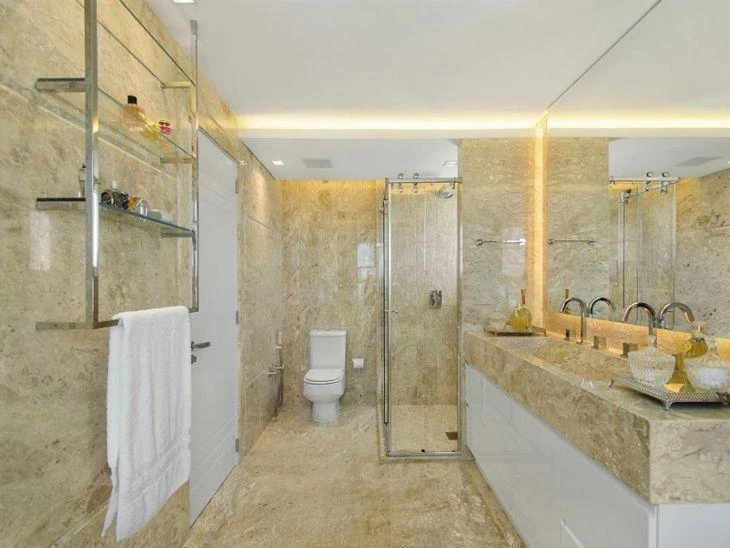
One of the finishes that most expresses elegance and sophistication, marble is considered a beautiful and luxurious material. Versatile, it can be used in many ways in home decoration, from flooring and wall cladding, to kitchen and bathroom countertops.
According to architect Pietro Terlizzi, marble can be defined as a metamorphic rock, consisting mainly of calcite or dolomite, with variable granulation and often provided with colored veins, resulting in its admirable appearance.
The professional explains that this material is extracted from quarries, where limestone is subjected to high temperatures and external pressure, originating the marble in a kind of blade, ideal for its commercialization.
"The tendency to use marble in decoration is observed from antiquity to the present day. At the height of the Roman Empire, it was also used to carve sculptures, always related as a sign of wealth", he reveals.
How to differentiate marble from granite
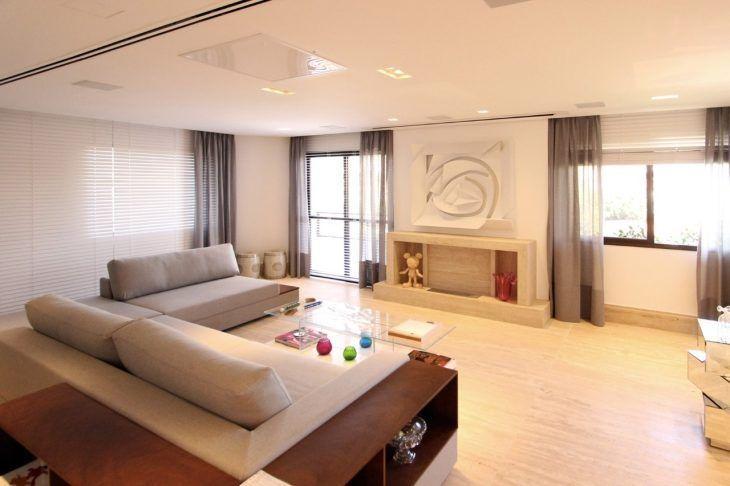
Both marble and granite are very popular materials for home decoration and both have similar characteristics.
The main difference is in the porosity and resistance of the two materials. In these aspects, granite presents less porosity and more resistance than marble, being the ideal option to be used in places of intense traffic, avoiding the wear and tear of the stone.
As for appearance, Pietro explains that marble has a more uniform color, with its veins more defined and longer, while granite has more "dotted" veins, creating a textured aspect.
When talking about values, marble is usually marketed at a higher price than granite, but this factor can vary, especially if the material comes from an imported source.
Types of marble for you to know
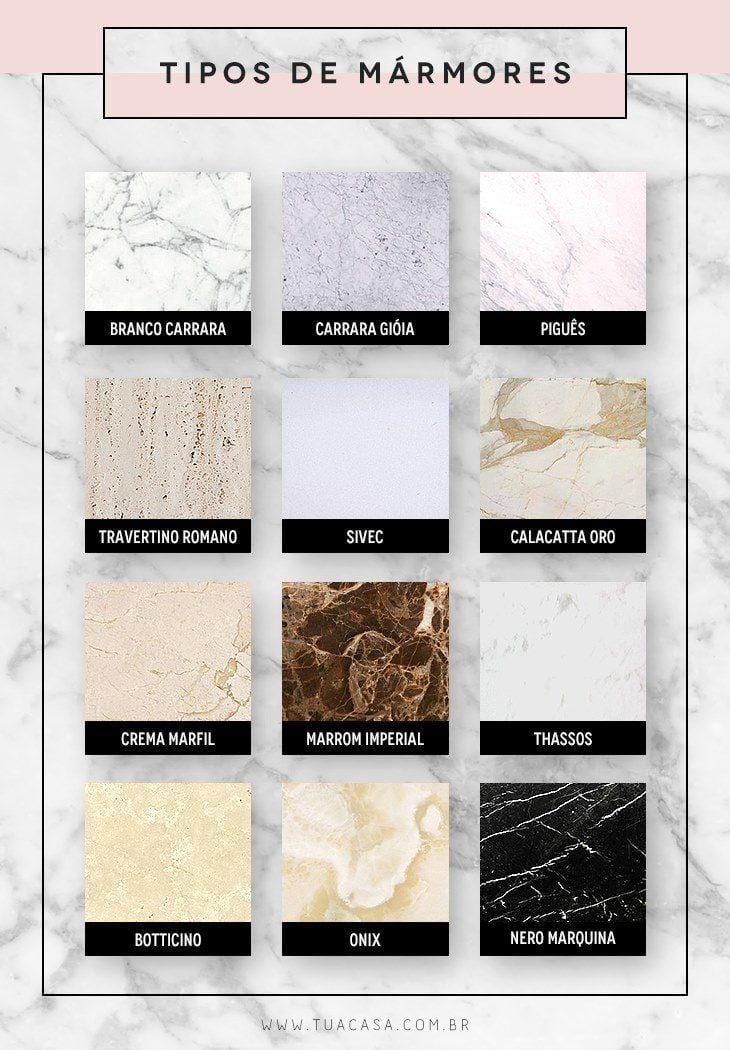
In the market for civil construction finishing, there is currently a wide range of marble types available. According to the architect, this number is around 20 models among the most popular in our country in interior design projects. Check out below the most common types and their respective characteristics:
Carrara Marble
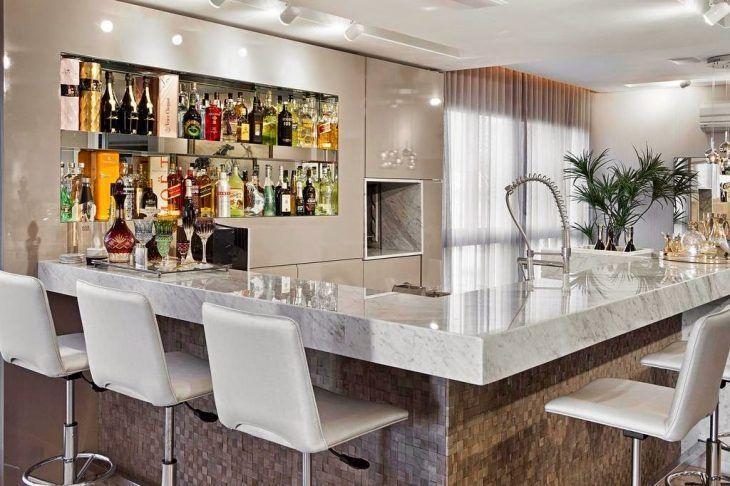
Light-colored stone, also known as Bianco Carrara, is composed of dark gray veins, of Italian origin. Widely used in the Renaissance, it was featured in works by Michelangelo. High porosity material, it is best used indoors and has a high purchase price.
Piguês Marble
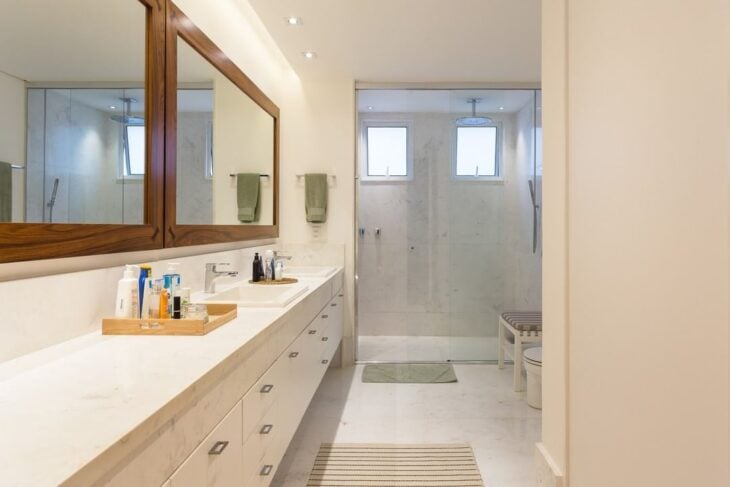
This version has a Greek origin and is very similar to the model from Italy. With a white background, it also has gray veins, but this time these are more spaced, differentiating it from the Carrara.
See_also: Glass tessellations for kitchens: 50 ideas to revamp the environmentTravertine Marble
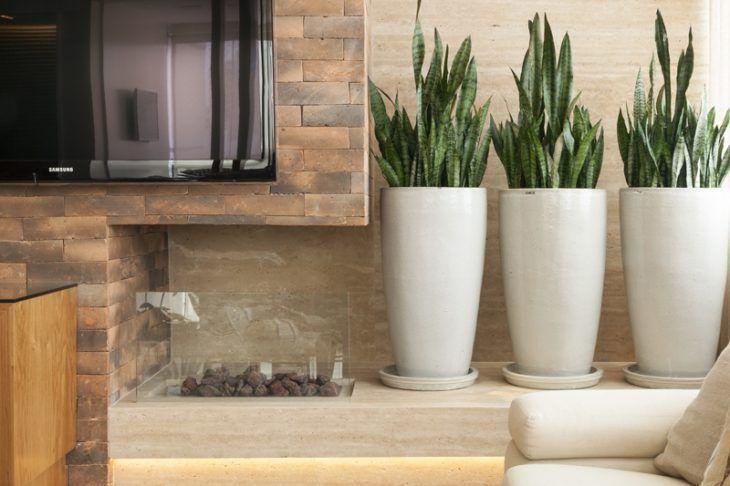
It is a porous material, and should be used preferably indoors. Originally from Italy, it is considered the most used marble in construction and finishing.
Calacatta Marble
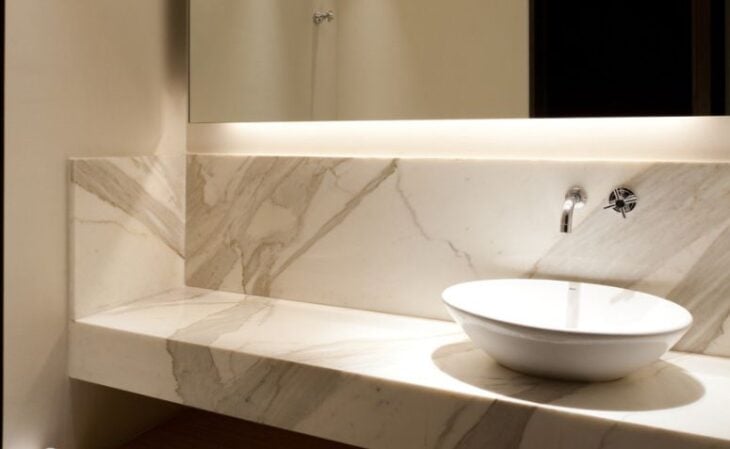
Pondered as a luxurious and noble material, it is often used in interior areas, and is also a good choice for furniture cladding. This marble has the appearance of a white background, with striking gray and gold veins.
Ivory Crema Marble
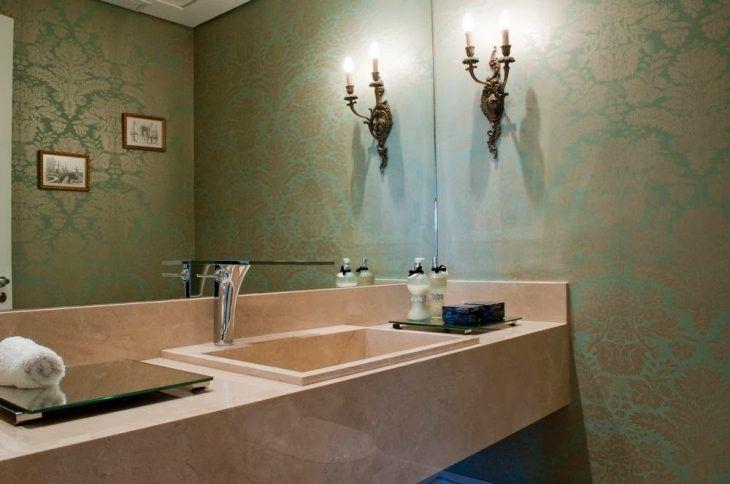
Stone originally from Spain, its main color is beige, very refined, and commonly used in internal environments, with a high level of durability and resistance.
Imperial Brown Marble
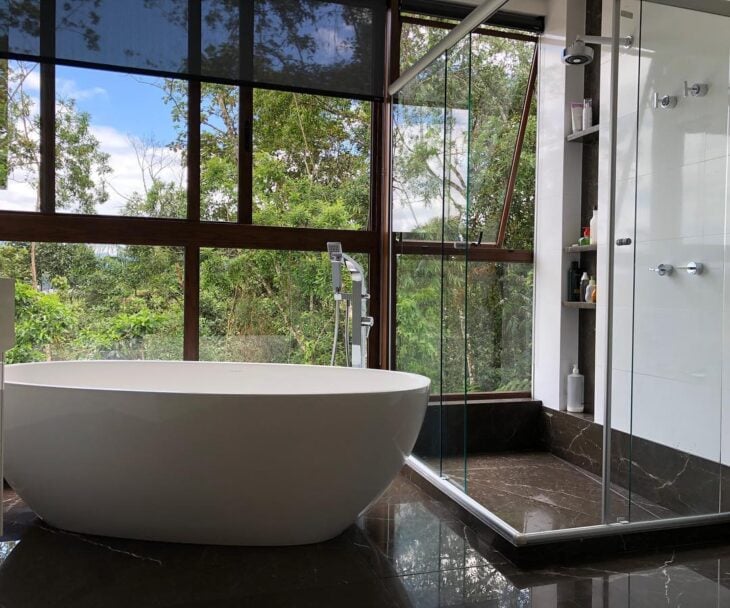
"Presenting dark brown tones with light brown and white veins, it is considered a sophisticated marble, and is widely used to decorate internal environments, allowing for greater durability", Pietro advises.
Thassos White Marble
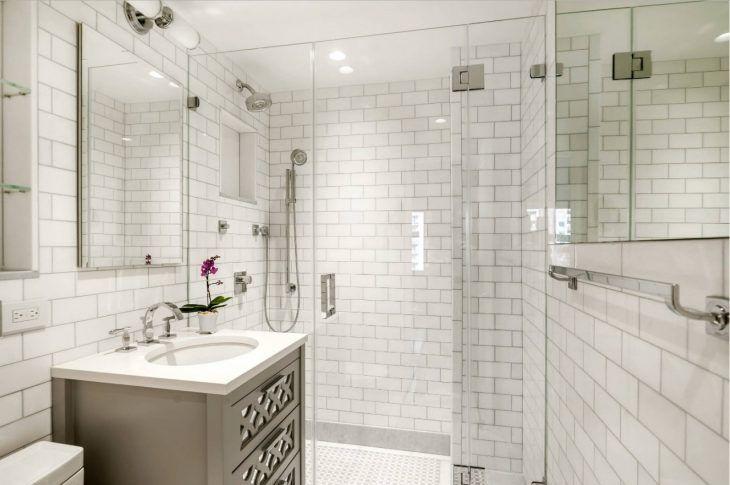
The main characteristic of this model is its predominantly white color, with very few grayish or crystallized spots.
Botticcino Marble
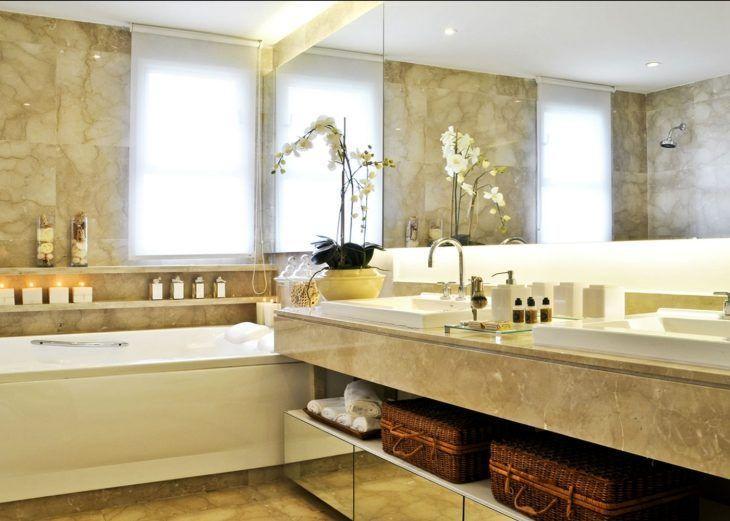
Widely used as coverings and in works of art, this stone from Italy is very old, and has as its main characteristic varied light beige tones with darker veins.
Onyx Marble

Known as onyx-marble, this stone is a type of travertine, generating the same appearance as seen in a marble cut, but should not be confused with onyx stone. Composed of a diverse range of shades, this material has a translucent look and unique designs, enchanting any environment.
Marble Nero Marquina
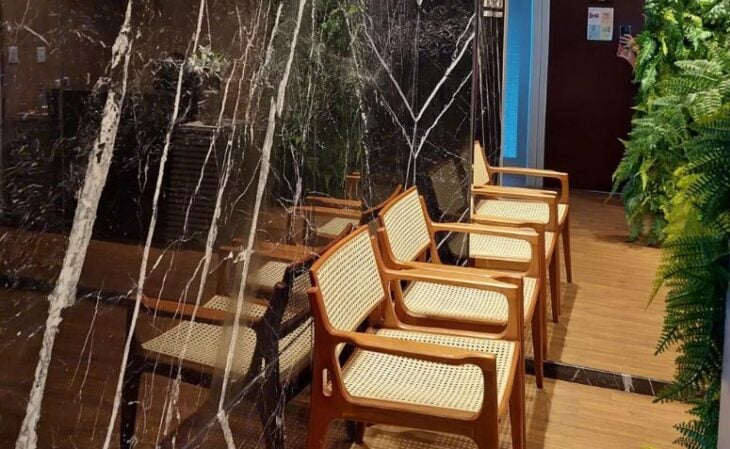
"This type of marble is composed of black background tones and striking white veins," adds the professional. Of Spanish origin, it provides nobility and refinement to the environment in which it is used.
Types of marble surface finishes
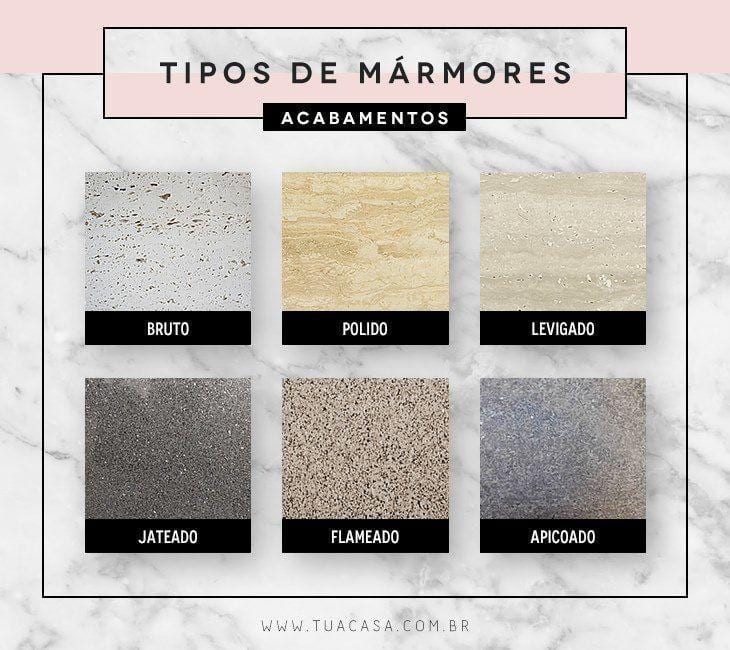
Available in a wide variety of surface finishes, the ideal marble may depend on the location to be used and the function to be performed:
- Raw: In this type of finishing, the stone does not receive any treatment, but is used in its natural state, keeping the original characteristics in which it was found.
- Polished: "Here it receives a special treatment, giving it a shine, and this type of finishing is more indicated for internal areas, since it tends to become too smooth in contact with water," Pietro alerts.
- Levigated: already in this type of surface, the piece goes through a process in which it is sanded, giving it a smooth and uniform surface, but without shine.
- Sandblasted: "as with glass, this process consists of throwing sand under high pressure, leaving the stone with a rougher appearance, making it possible to use it outdoors.
- Flamed: the stone undergoes a fire-based process, giving it a rough and wavy aspect, making it less slippery and allowing it to be used outdoors.
- Apicoado: Here the stone is submitted to a roughing process, giving it small reliefs and making it rougher and less slippery.
Where to use marble in decoration?
With so many options of marble types and different finishes, it is common to have doubts when choosing the ideal stone for each room of the house:
Types of marble suitable for bathrooms
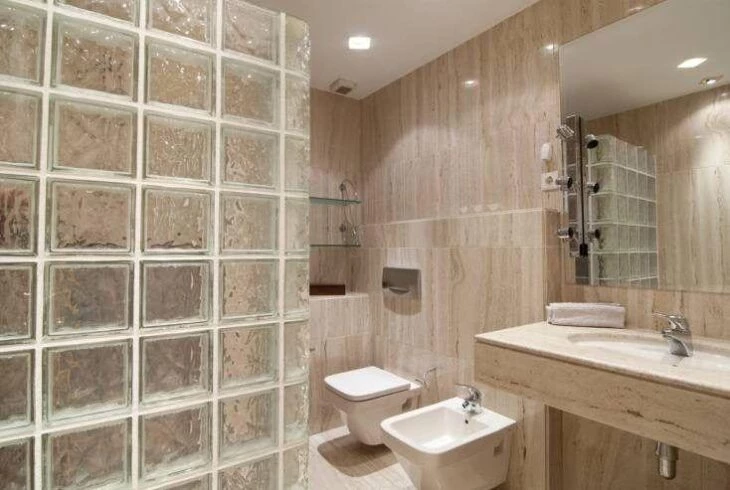
As it is a humid environment, the ideal is to avoid very porous stones, opting instead for those models with special finishings, such as flamed and sandblasted.
Types of marble indicated for outdoor areas
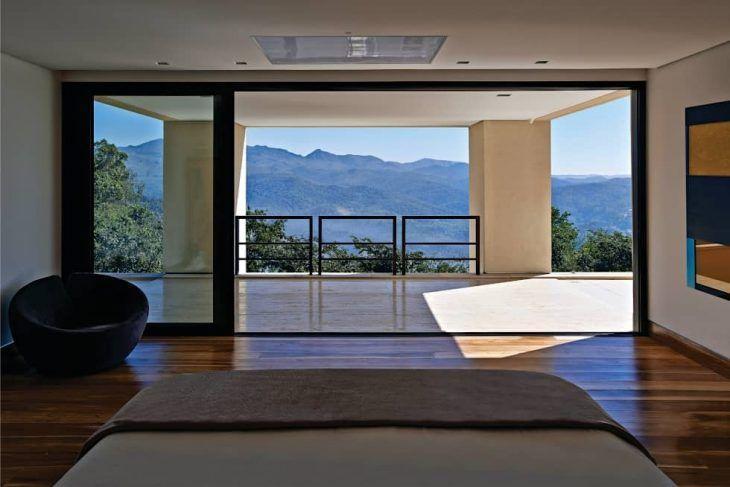
According to the architect, the same situation occurs here as with stones ideal for use in bathrooms, as long as the chosen model has undergone processes that make it less slippery, there are no restrictions.
Types of marble indicated for floors and walls
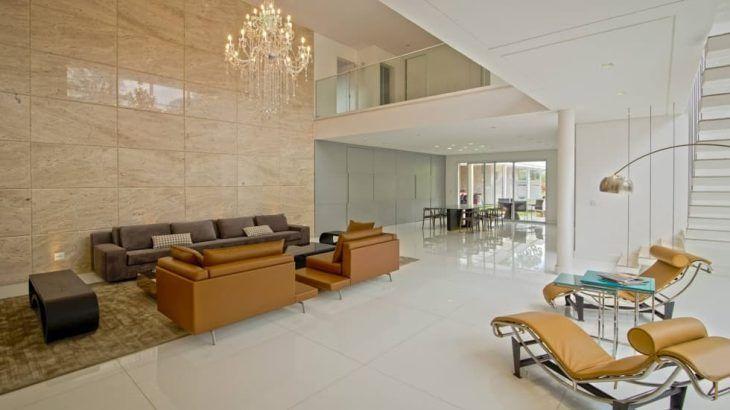
Whether it is used on floors or walls, the choice of marble is based on the desired look: if the personal preference is for lighter or darker models, just choose one from those available.
The finish varies according to the expected result: if it is something more rustic, the rough, levigated, or flamed stone is the favorite. Now, if the desired option is a more refined decoration, the smooth, shiny finish is the champion of choice.
Marble decorative objects
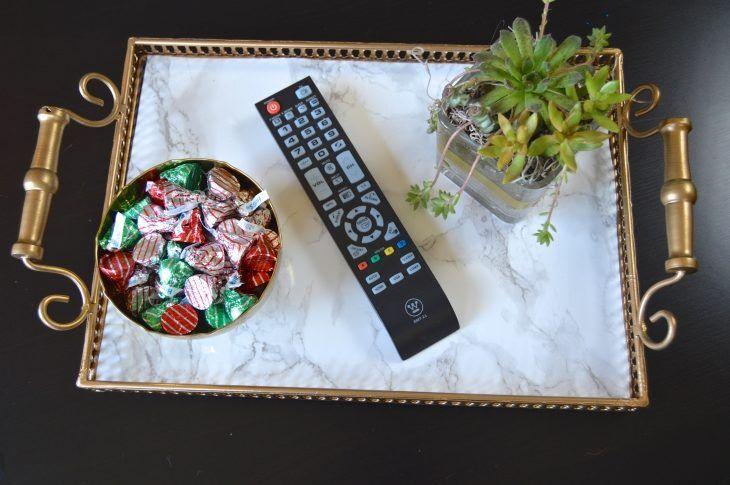
The elegance and luxury provided by the use of this material are also being explored through decorative objects sculpted in stone, or even those with finishes that imitate the effect provided by the beautiful stone.
See_also: 90 environments with brown walls to change your decoration"As previously mentioned, marble was always used as a good material for sculpture in the Roman Empire, and this practice was adapted for small decorative objects and for furniture such as sinks, countertops, tables, and benches", teaches the architect.
Types of marble suitable for kitchens
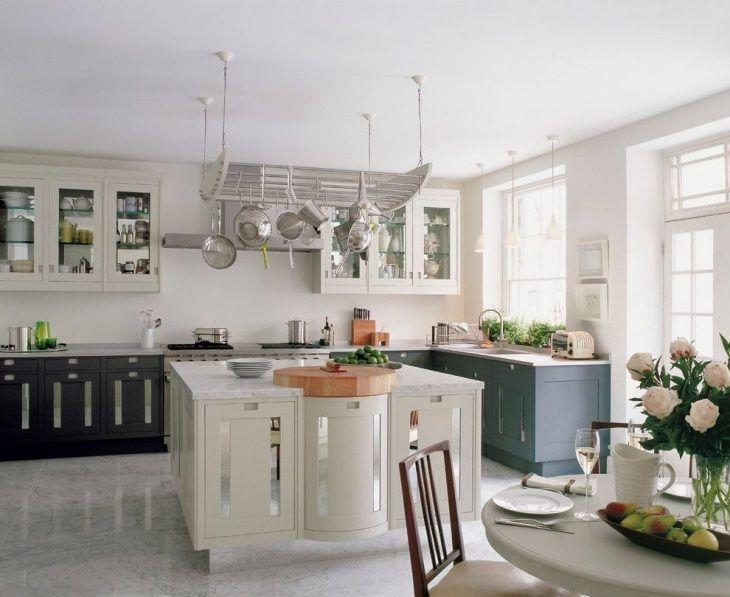
Here the professional reveals that all models that have been processed to eliminate excess porosity can be used for kitchen countertops, but since it is a highly absorbent material, it can stain over time, and it is advisable to take this factor into consideration.
57 pictures of environments decorated with marble
Now that you know a little more about this beautiful stone, its most popular models and available finishes, how about checking out beautiful environments decorated with this material and getting inspired?
How about recessed lighting to make the onyx marble shine even brighter?
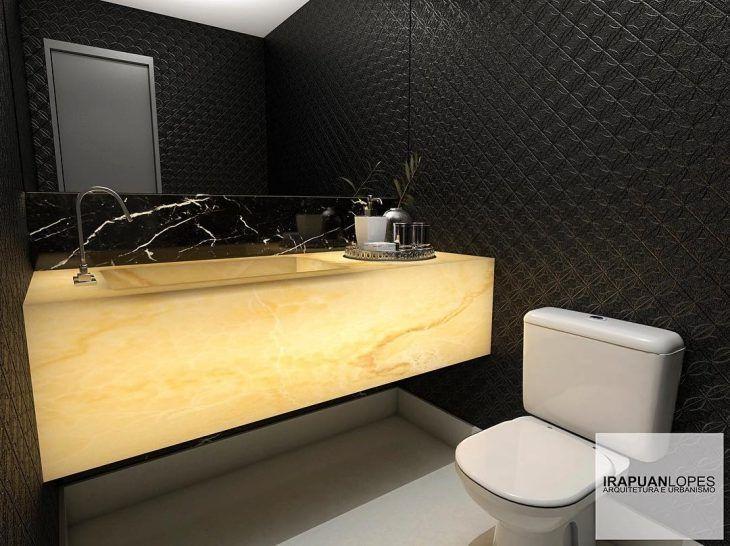
2. a beautiful marble mosaic gives the wall a new look
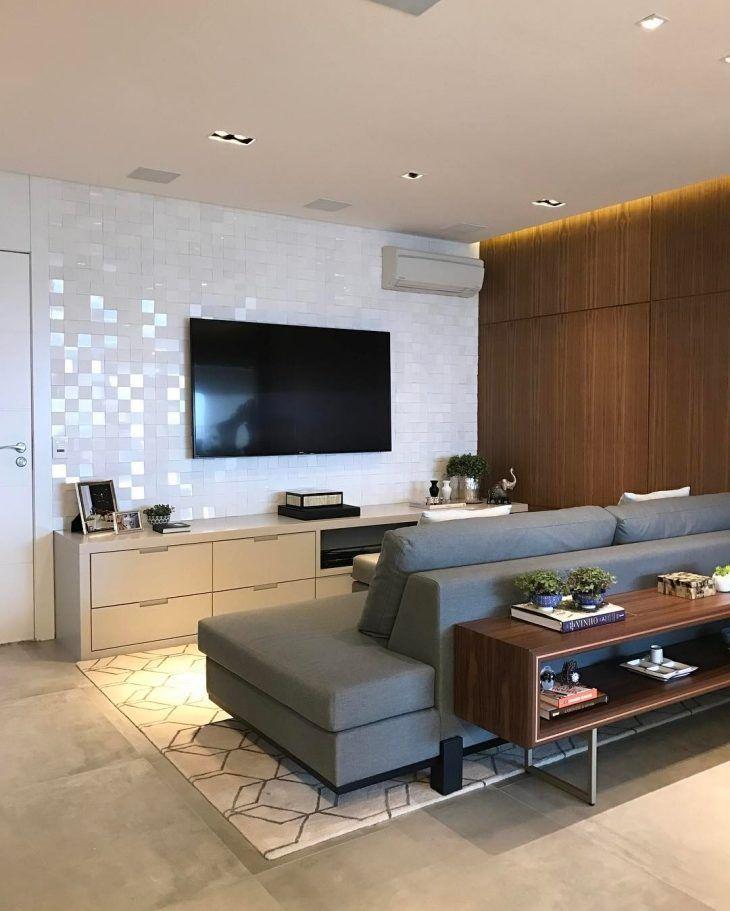
3. using stone in the closet island adds elegance to the room
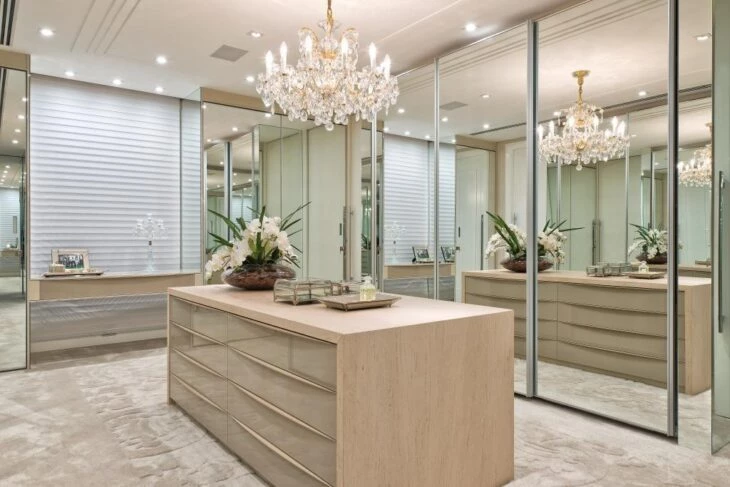
4. another example of how Calacatta marble ensures nobility to the home
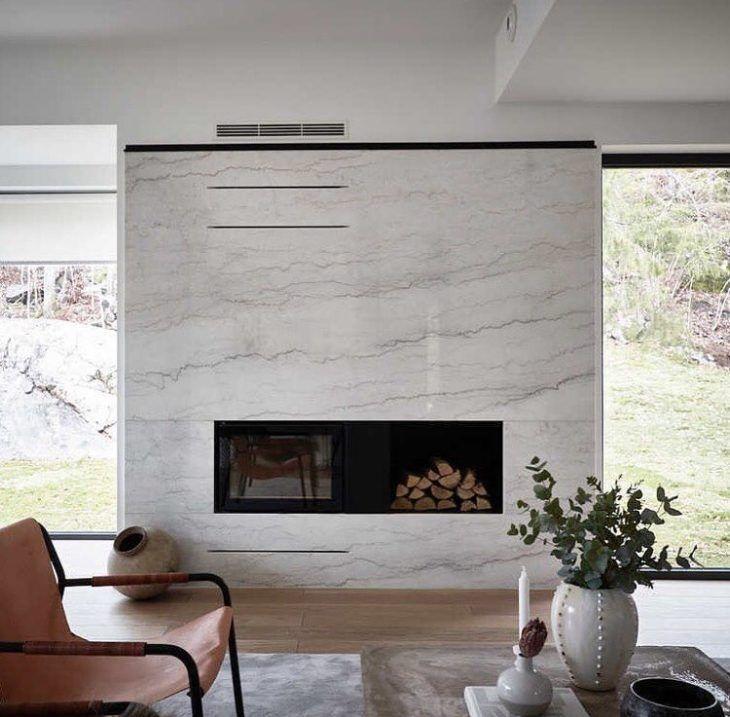
5. the light tone of the Piguês marble made a perfect match with the woodwork
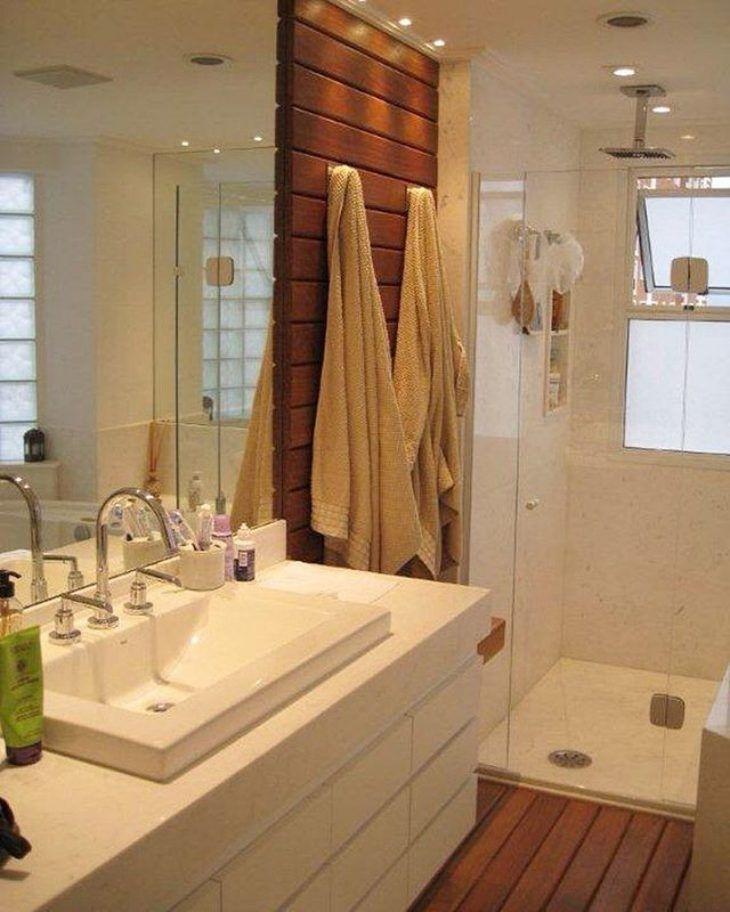
6. luxury and elegance in a single environment
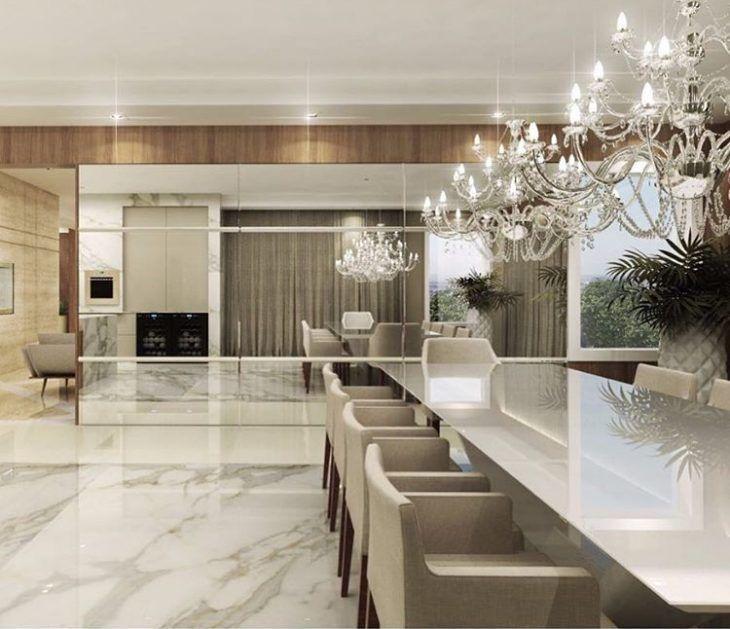
7. the Sivec model guarantees a stylish mosaic wall in the gourmet space
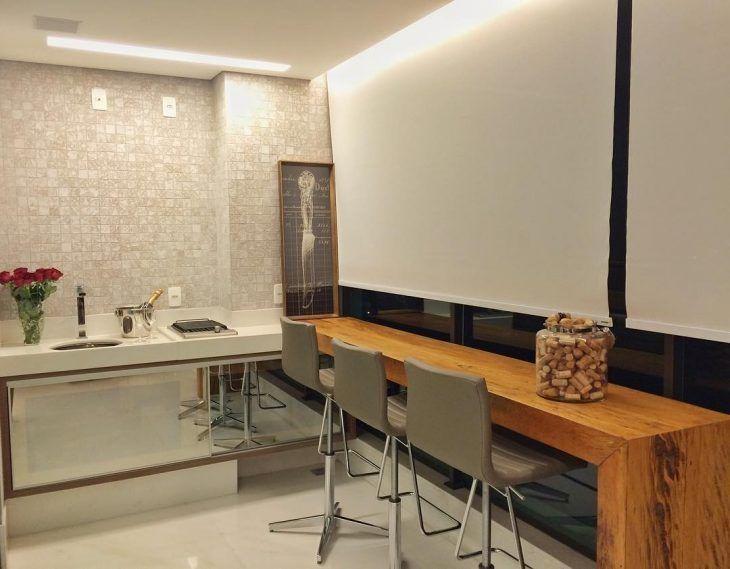
8. in contrast to the wooden shelf, marble was applied as flooring and countertop in this environment
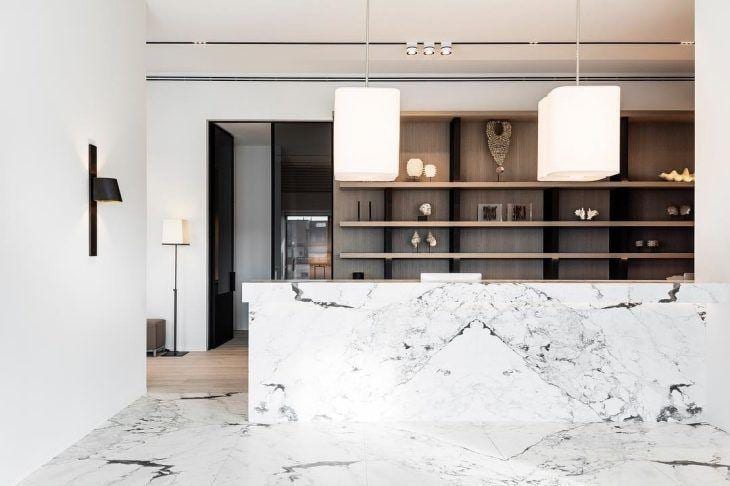
9. here even the tub was carved in Imperial Brown marble

10. with softer tones, to harmonize an environment with a lot of visual information
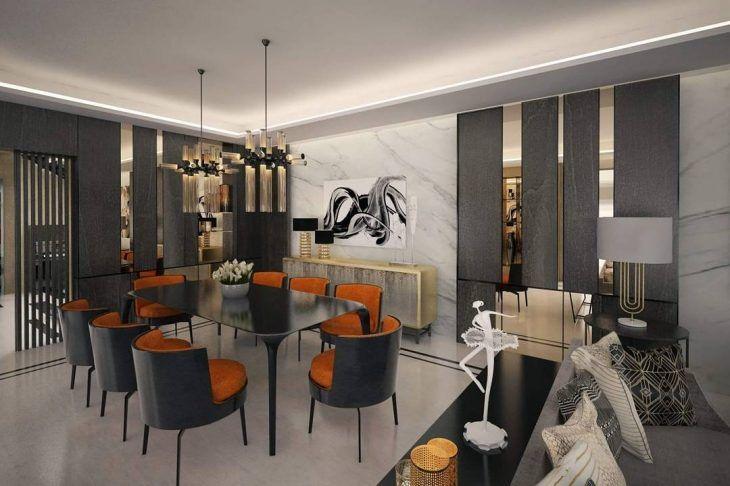
11. a great example of how objects inspired by the motifs of this stone can be charming

12. perfect combination: Carrara marble and wooden floor
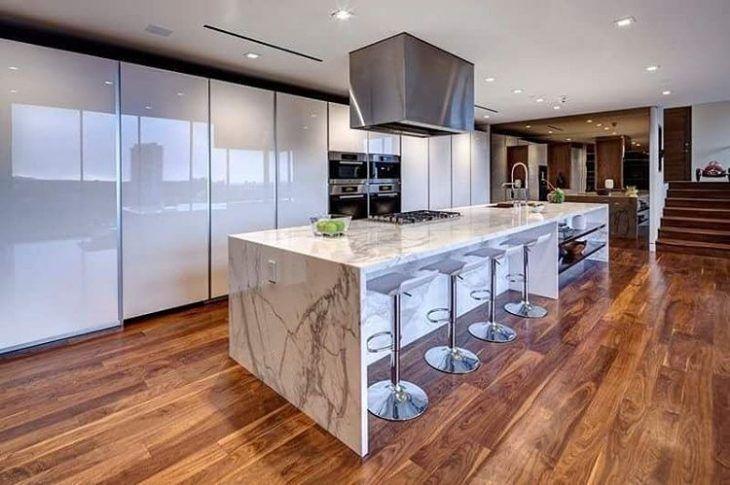
The Nero Marquina marble panel makes the living room much more sophisticated
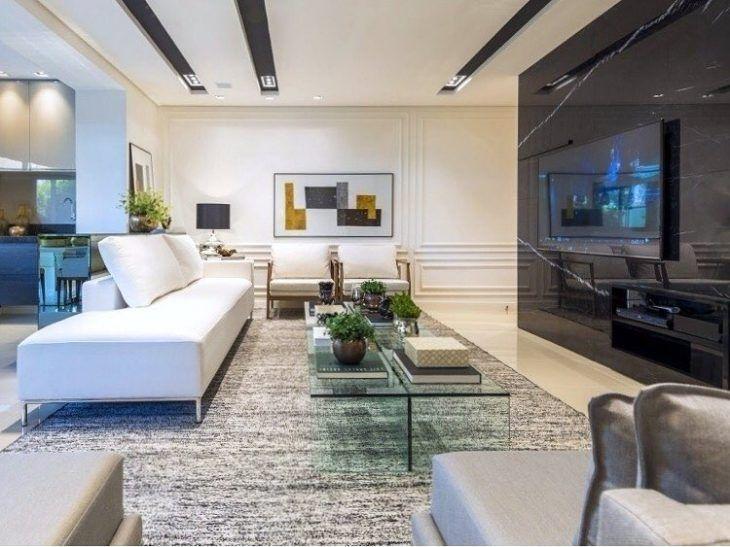
14. the travertine model, covering and brightening this beautiful room
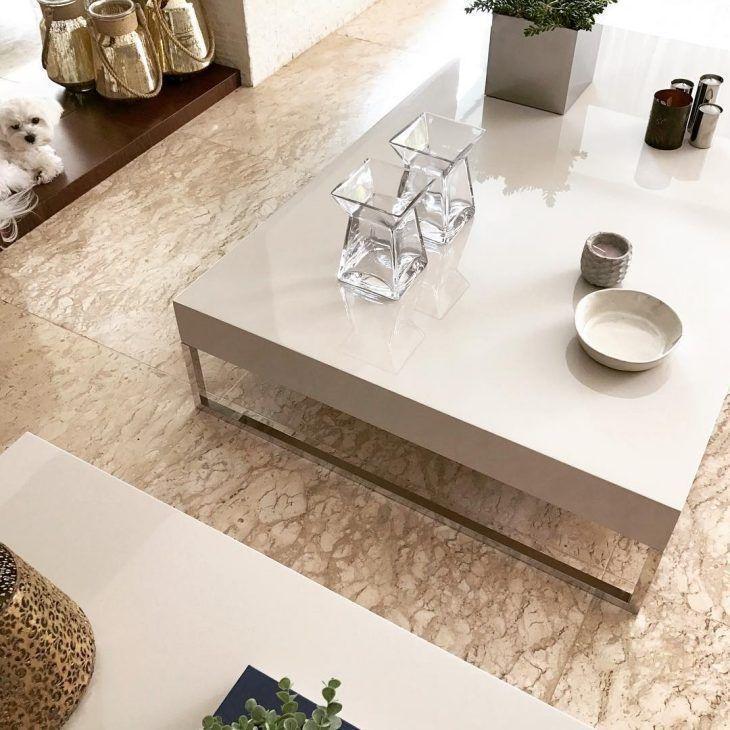
15. marble staircase, finishing the luxury provided by the sumptuous chandelier
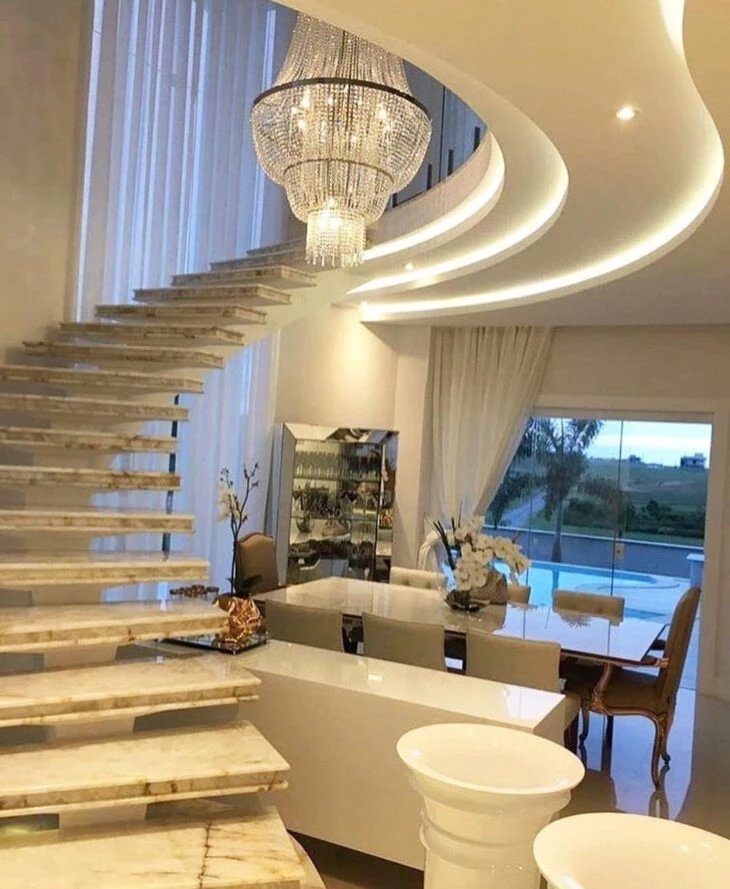
16. once again the sinks are carved in the stone itself. here, the travertine model was chosen
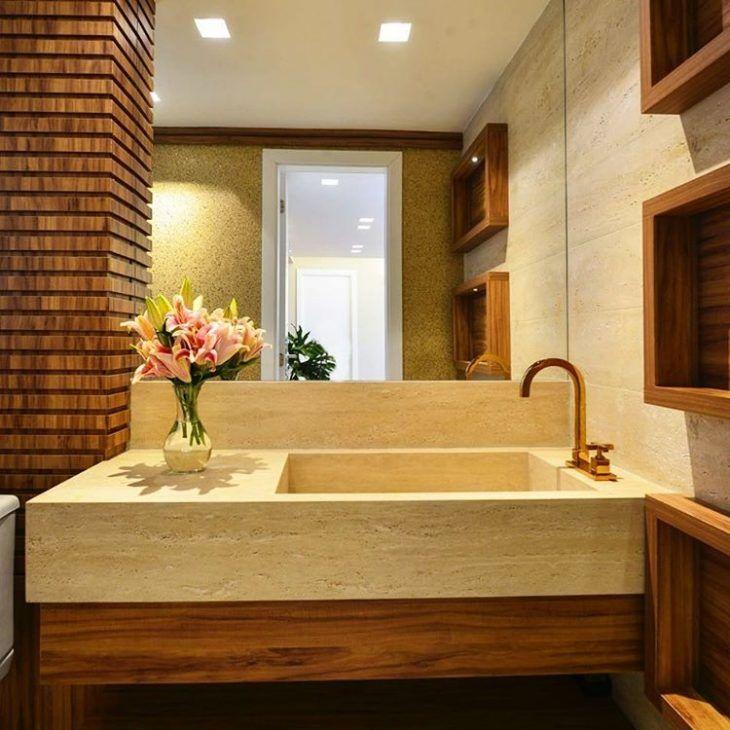
17. by using recessed lighting, onyx marble gains a certain magic
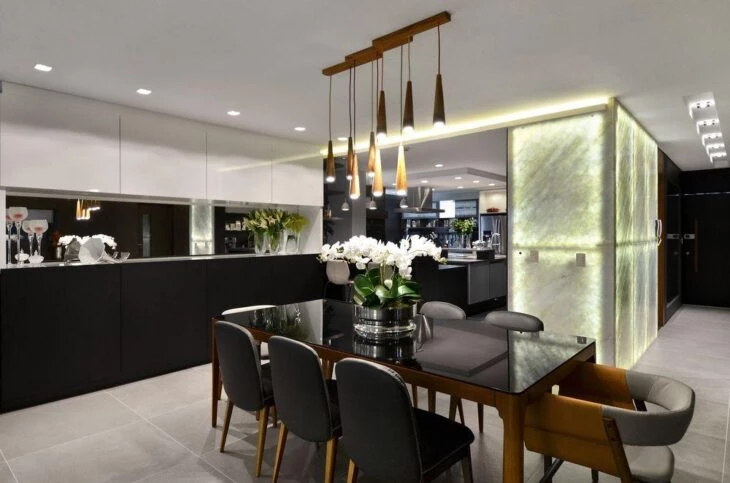
18. the neutral tones of the stone guarantee a beautiful and discreet environment
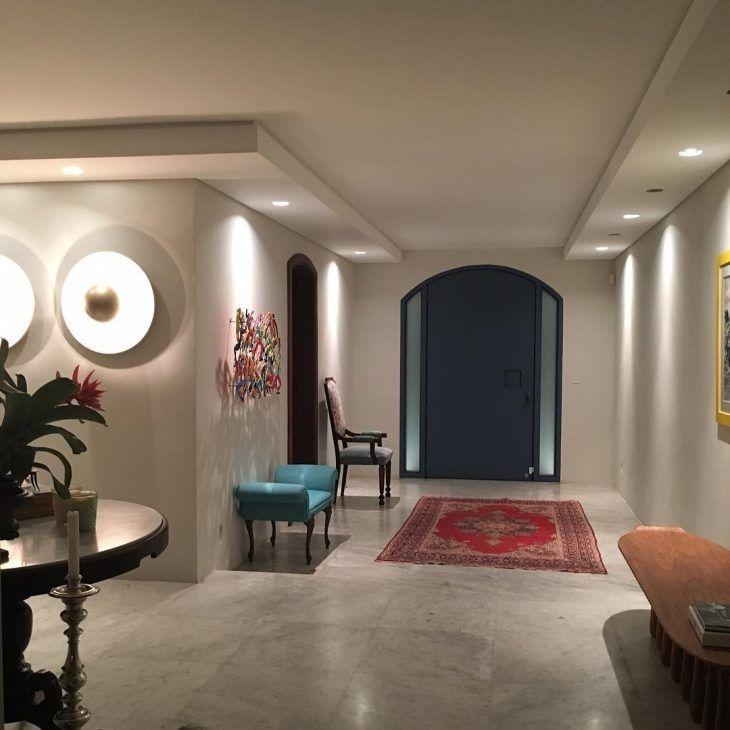
19. and why not combine the minimalism of marble with a touch of color?

20. this beautiful bathroom was covered with Gris Armani marble
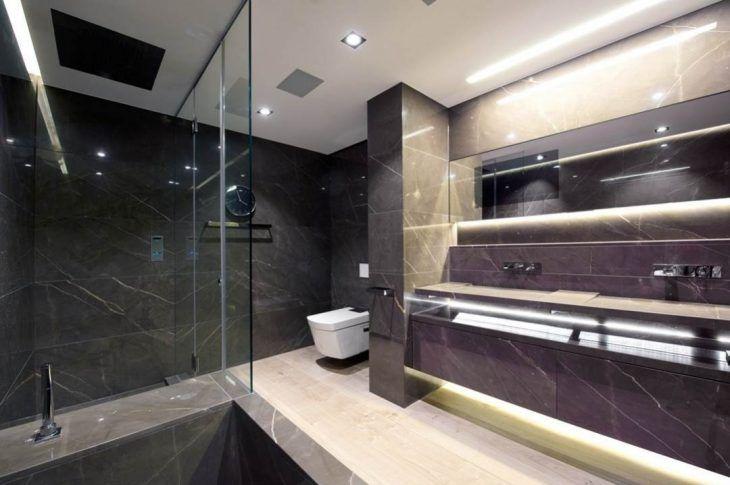
21. nero marquina stone adds elegance to the spiral staircase

22. how about a bathroom all white? the sinks were sculpted in piguês marble
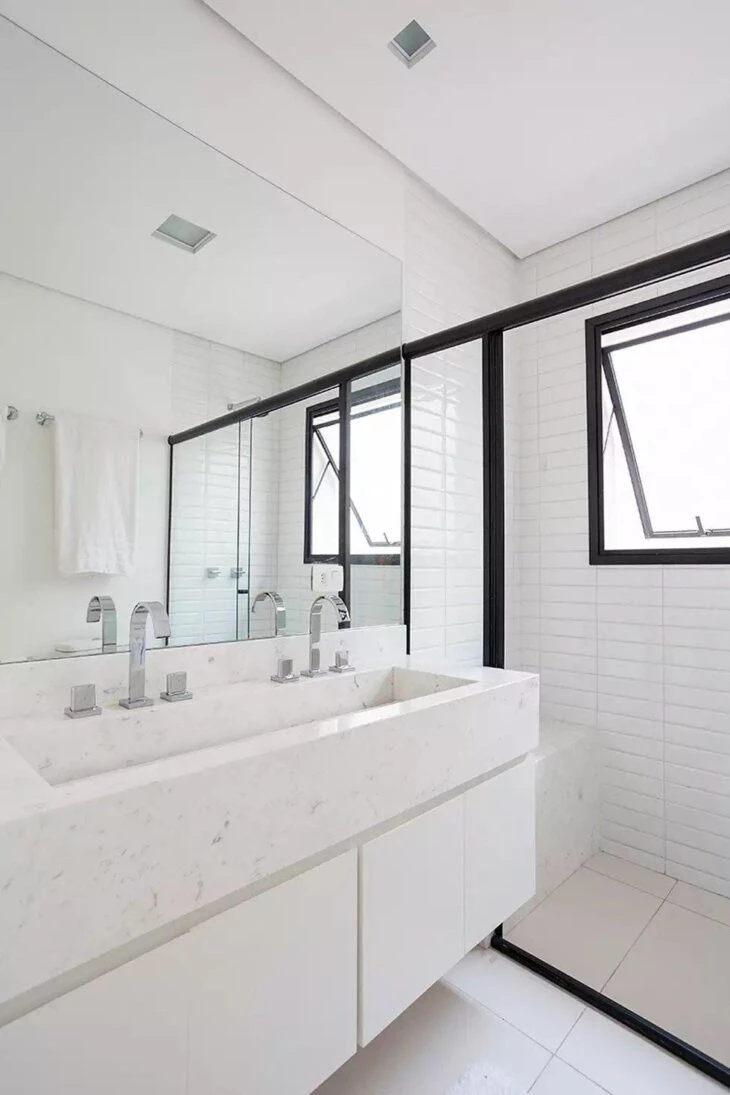
23. a fireplace full of cut-outs and elegance to make the room more charming

24. another environment with the infallible duo: marble and wood
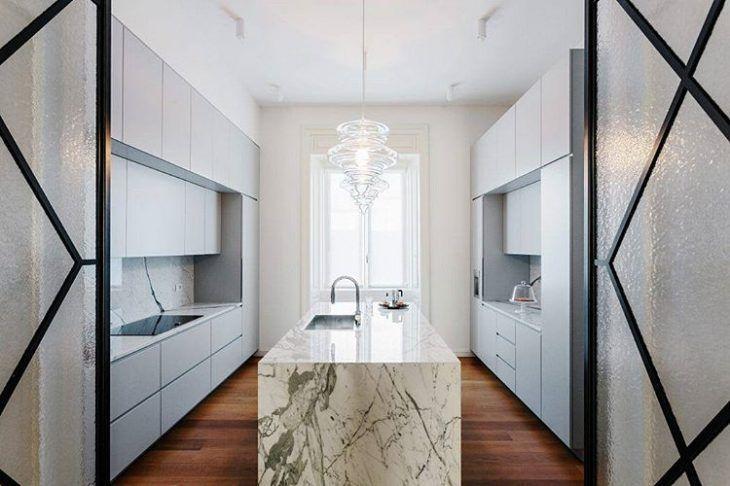
25. for an even more luxurious bathroom, marble cladding and gold plating
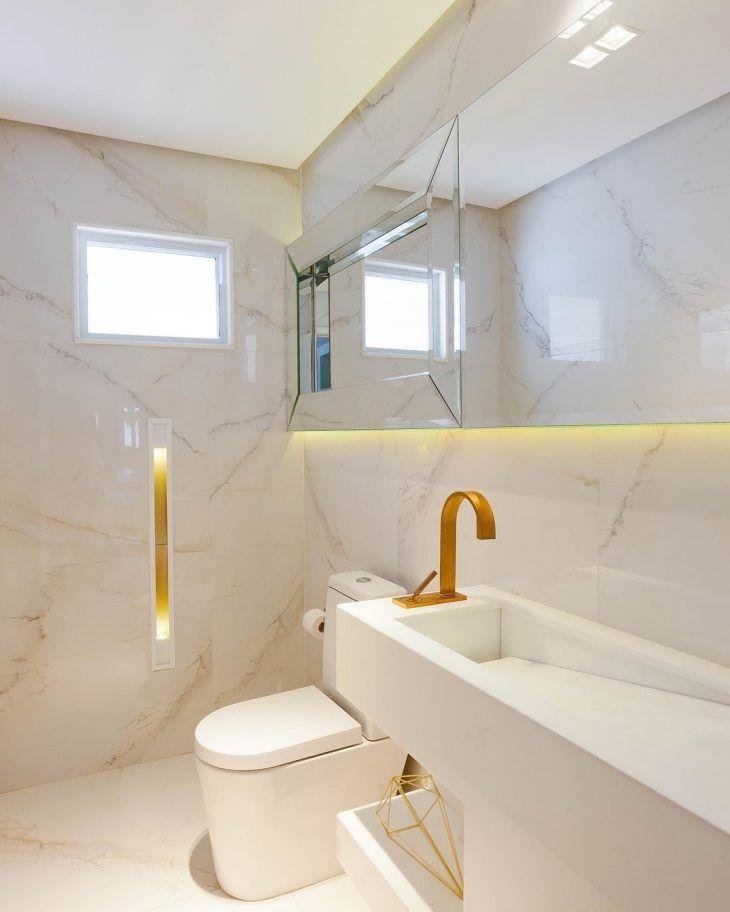
26 The mirror feature reflects the beauty of Nero Marquina marble
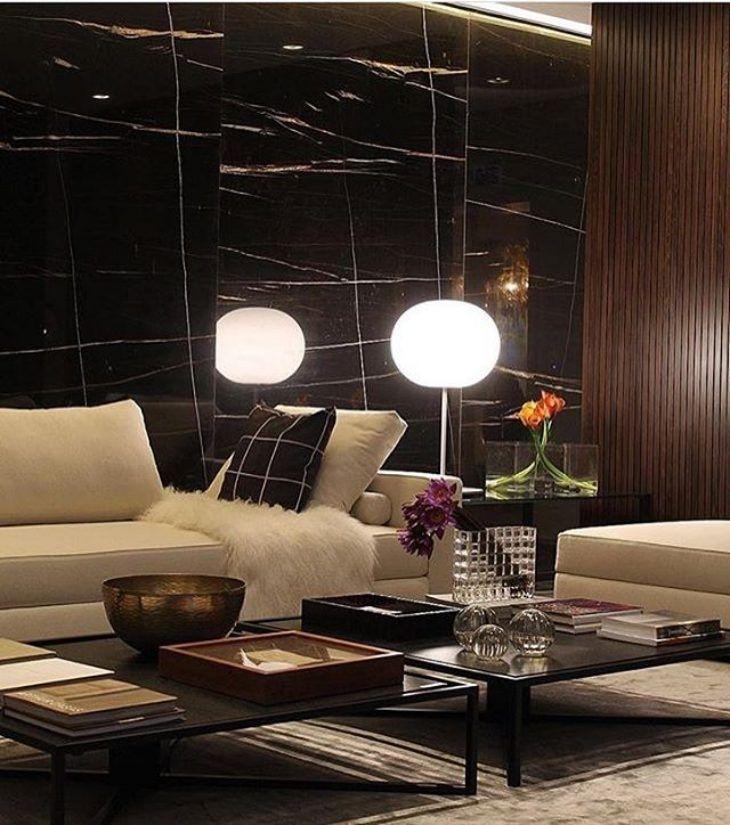
27 Onyx marble provides beauty that enchants

28. classic travertine marble is used in every corner of this bathroom
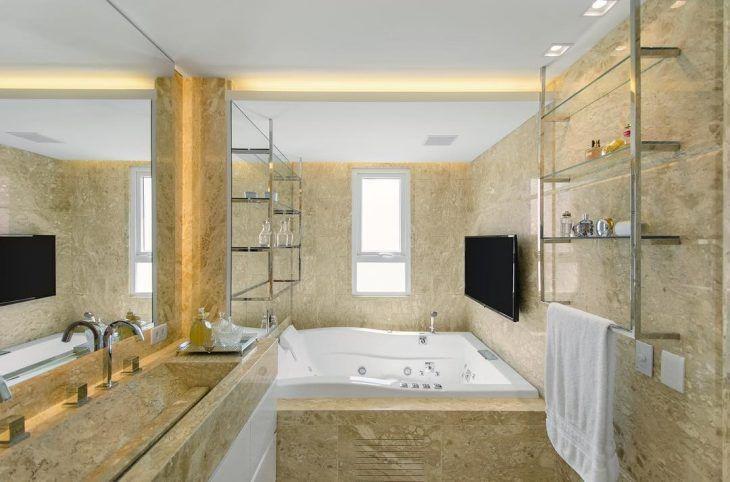
29. the white washbasin was beautifully in an Imperial Brown marble countertop
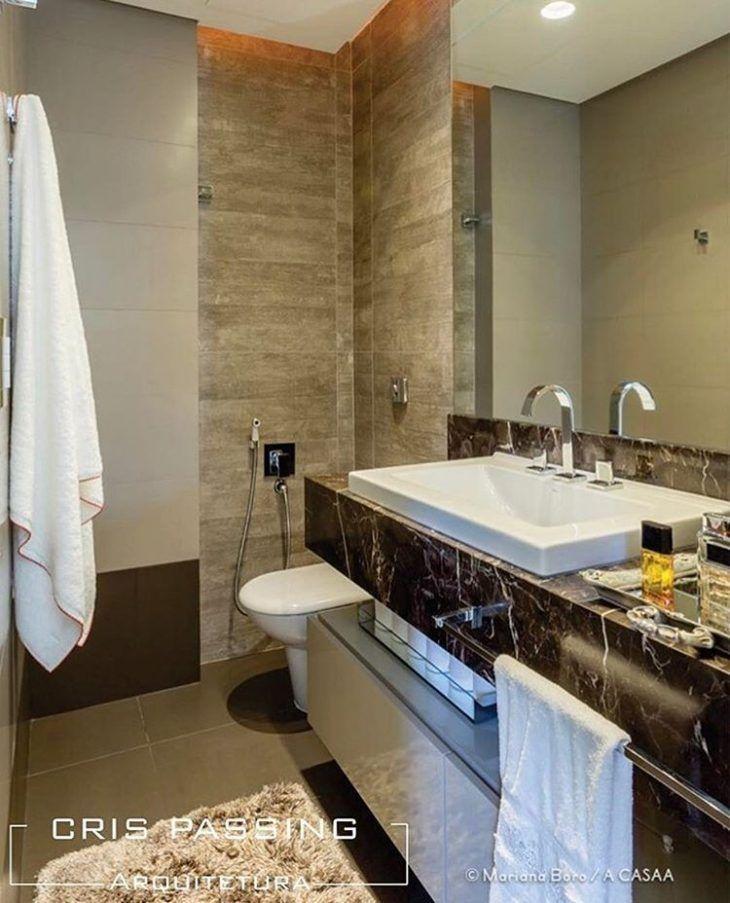
30 For this kitchen in neutral tones, the countertop was produced in Beige Bahia marble
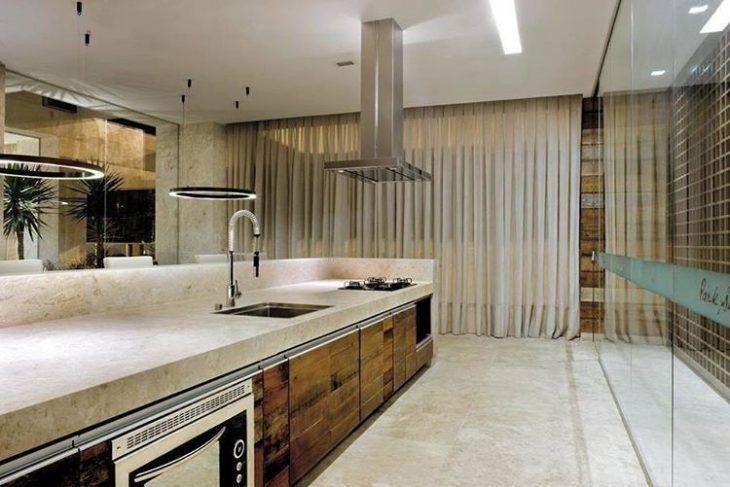
31 This marble panel brings elegance and highlights the painting
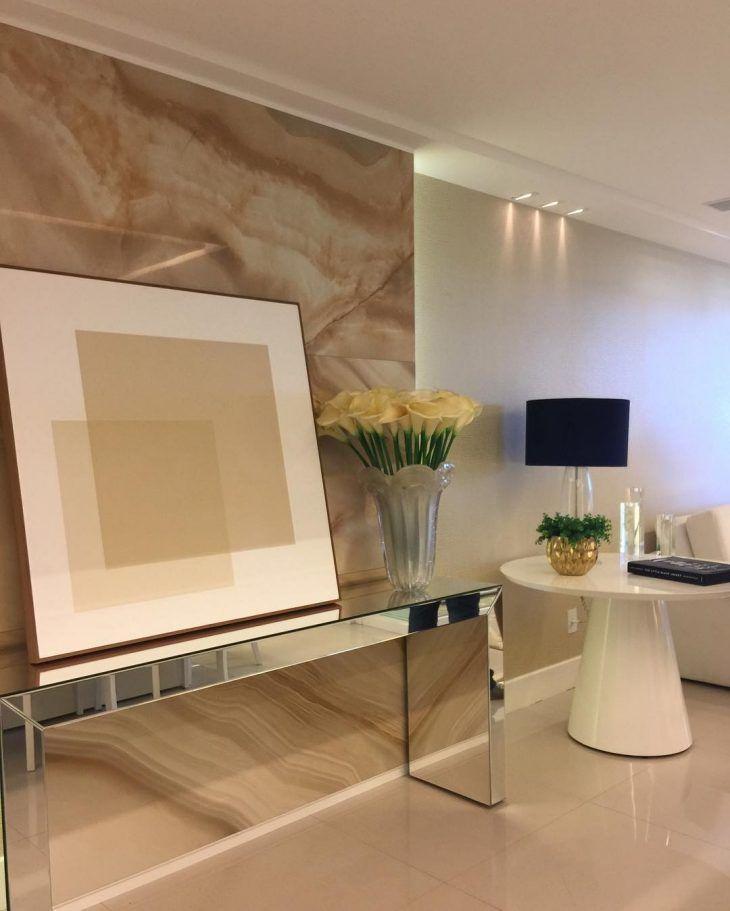
32. for a more harmonious look, use the stone as the only finish chosen
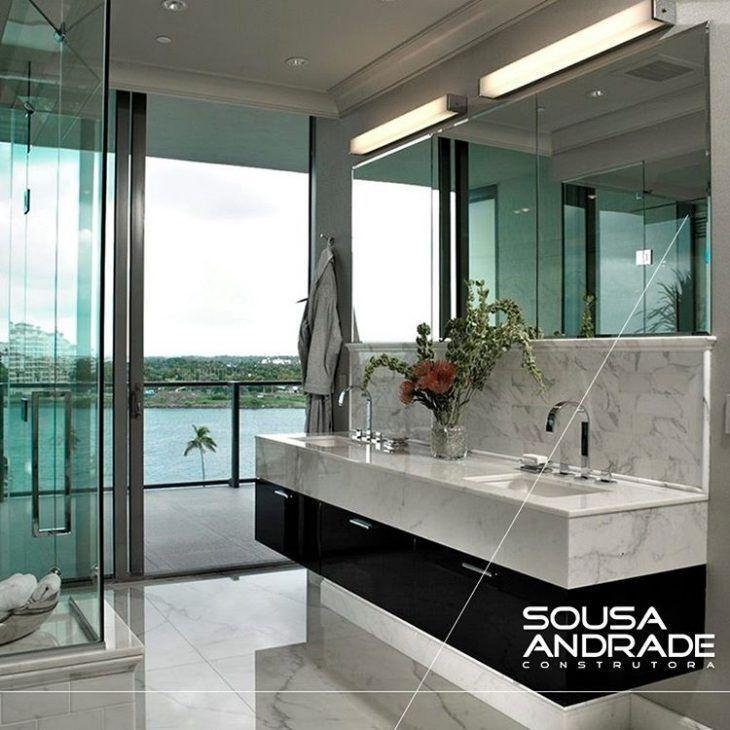
33 With super-glossy finishing, this marble is the Golden Calacata model
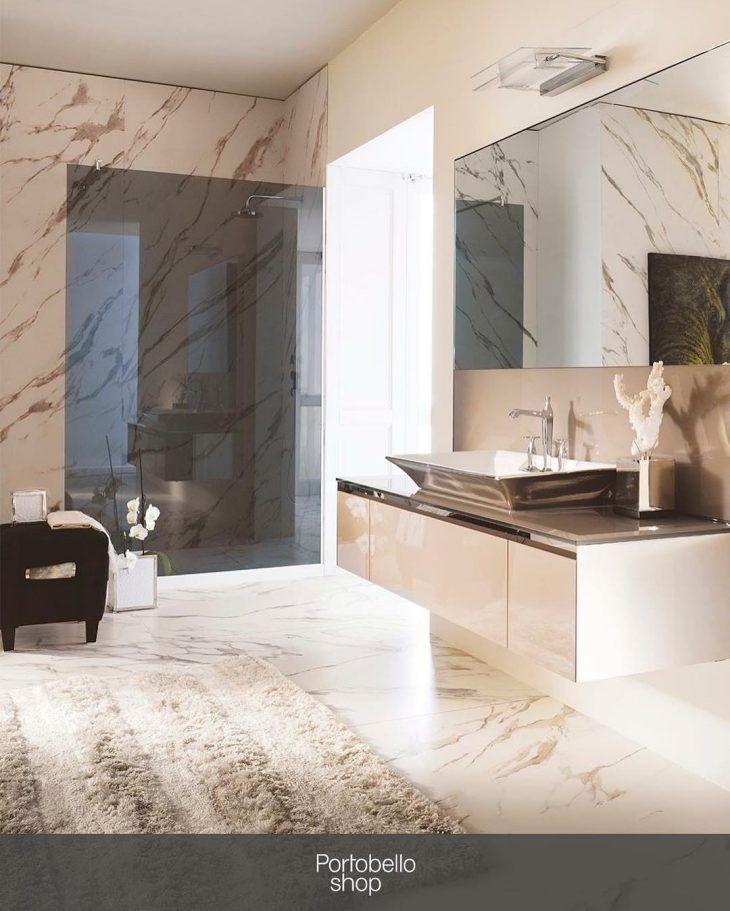
34. white Paraná model making this staircase even more beautiful
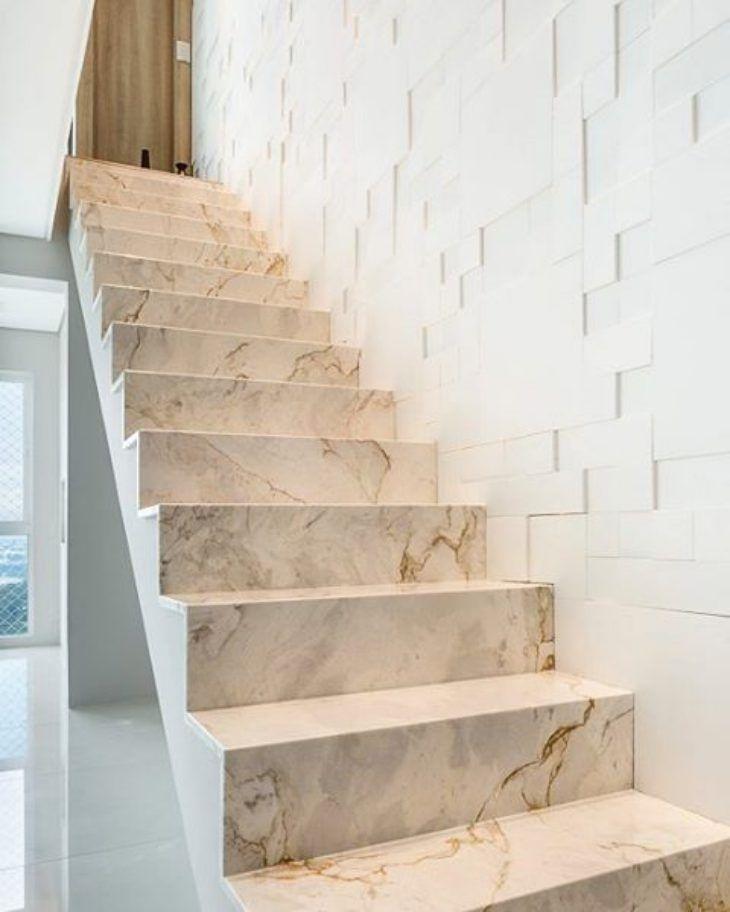
35 This Grigio Armani marble has long white veins on a black background

36 In this environment, the stone was used on the floor and in the internal area of the box
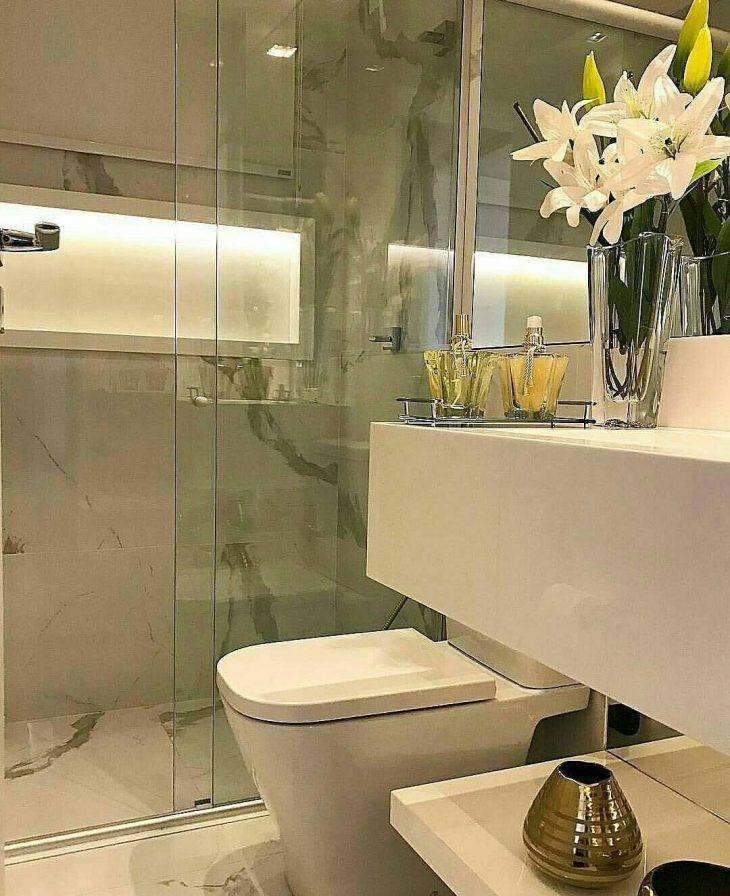
37. an environment abusing the Beige Bahia marble: on the stairs, floor and walls

38. table with marble top, guaranteeing a sophisticated decoration

39 The table top in Grigio Carnico marble adds charm to the furniture
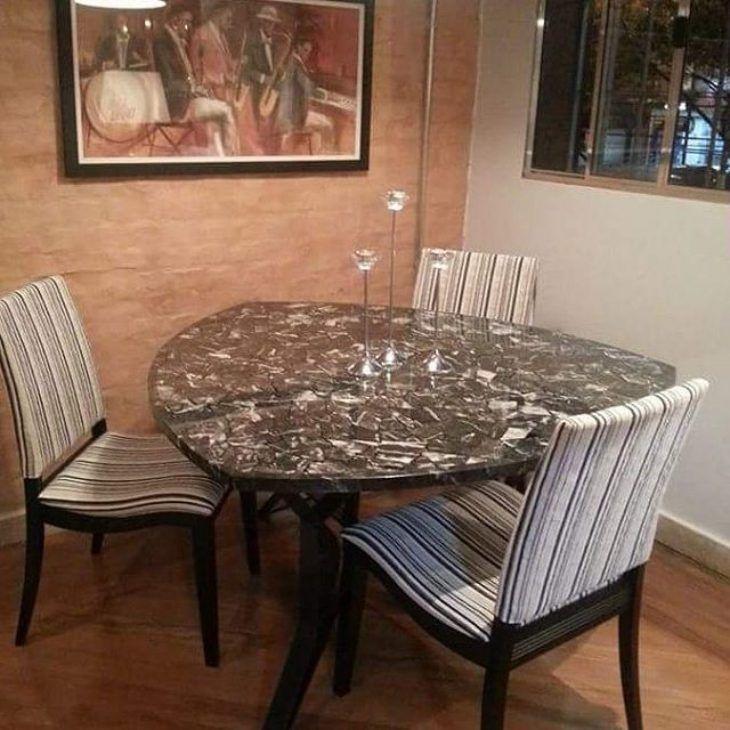
40. sink with unusual and stylish design, sculpted in Carrara marble
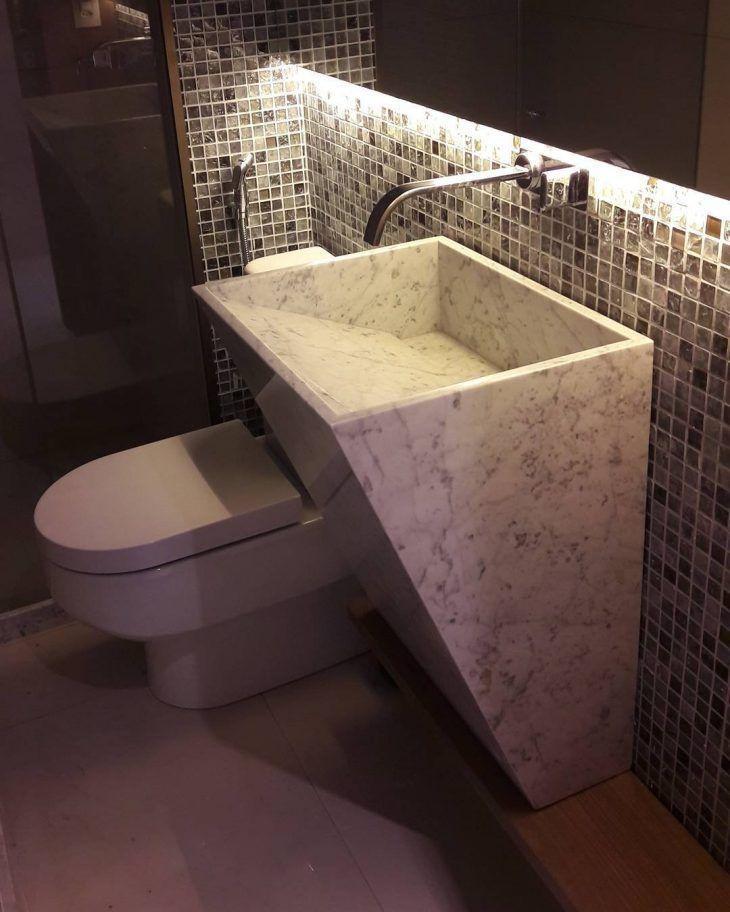
41 - Wall worked in mosaic using stone
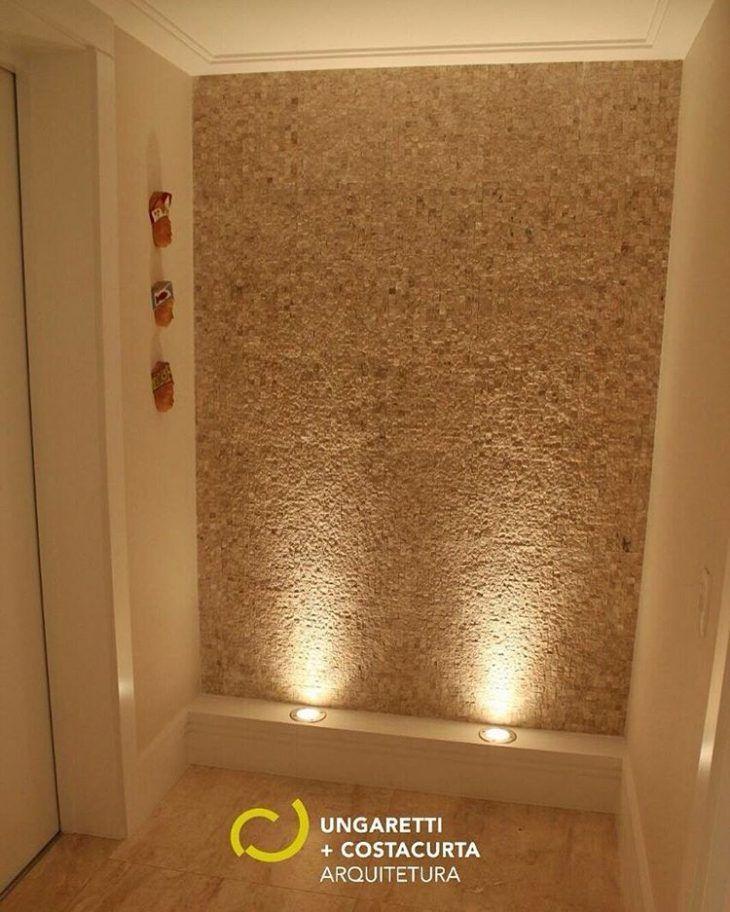
42. black and white kitchen, with a delicate choice of this stone
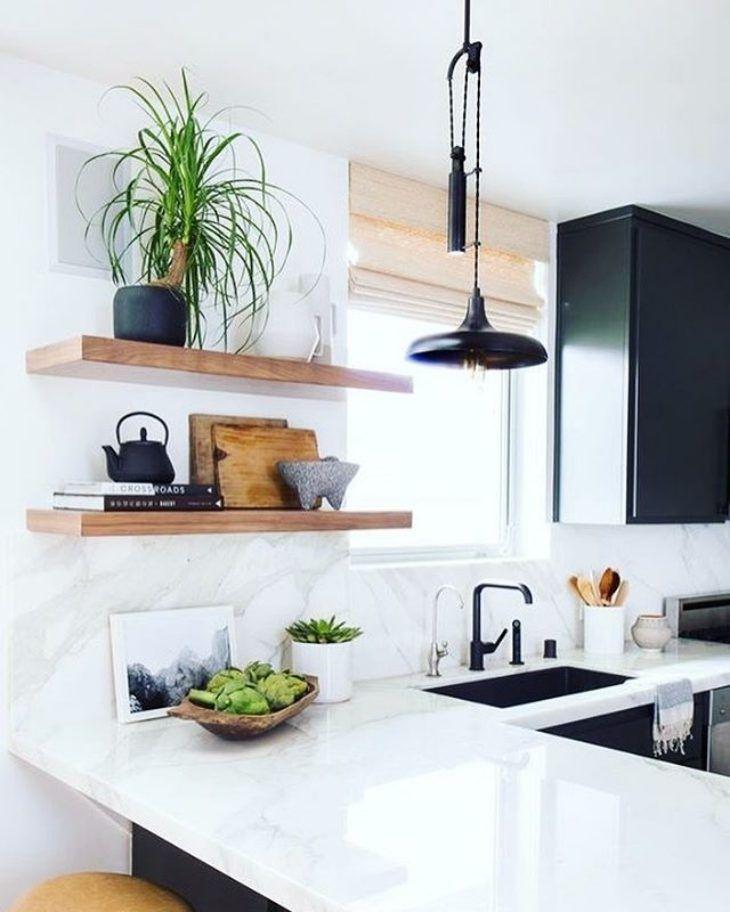
43. carrara marble and golden banister: impossible a more luxurious staircase
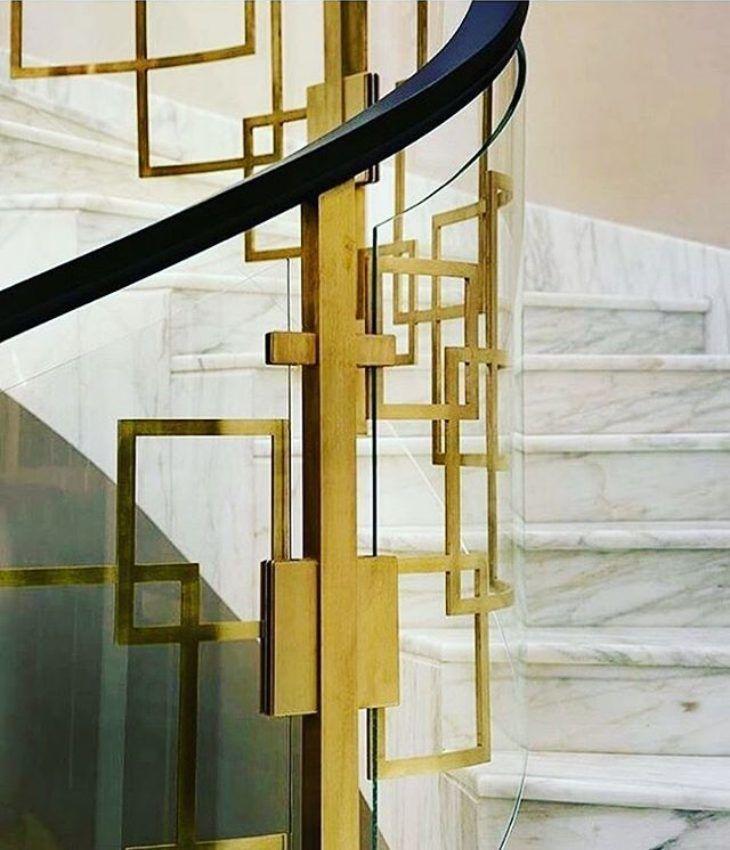
44. the highlight of this kitchen was this beautiful countertop

45. the travertine model was chosen to embellish this staircase

46 How about this beautiful vat carved in the stone itself?
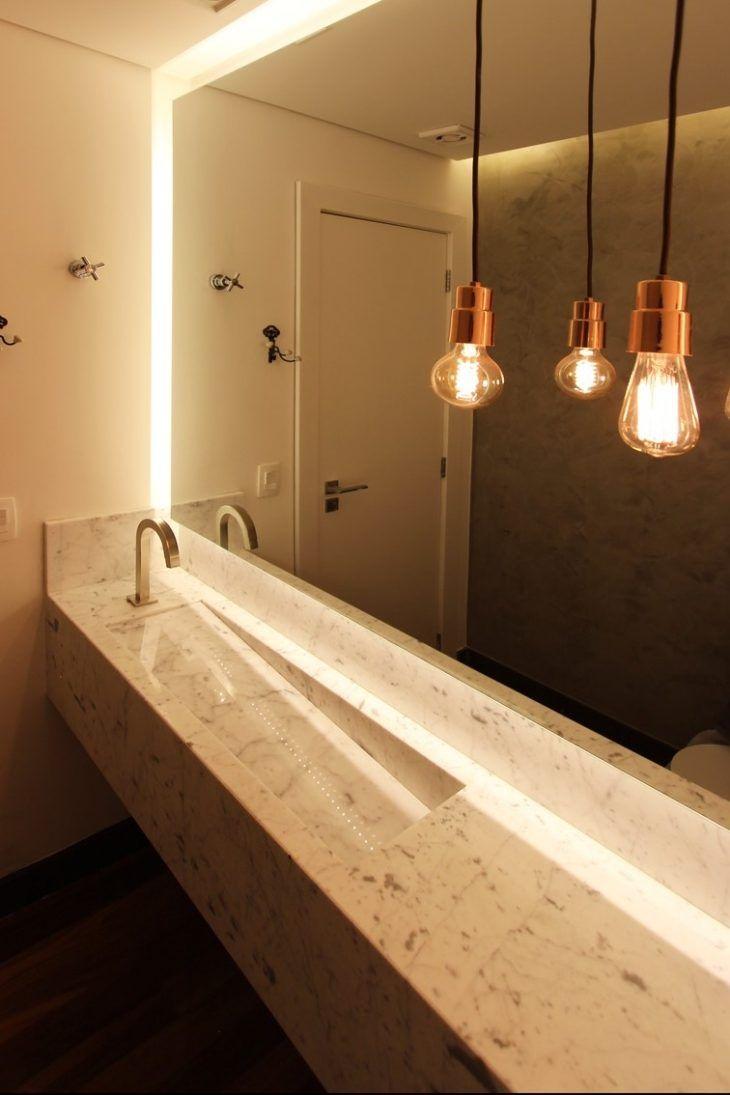
47 With a more rustic finish, the gourmet area gained extra charm by using stone as floor covering

48. the lighting inlaid in the mirror gave greater prominence to the travertine marble
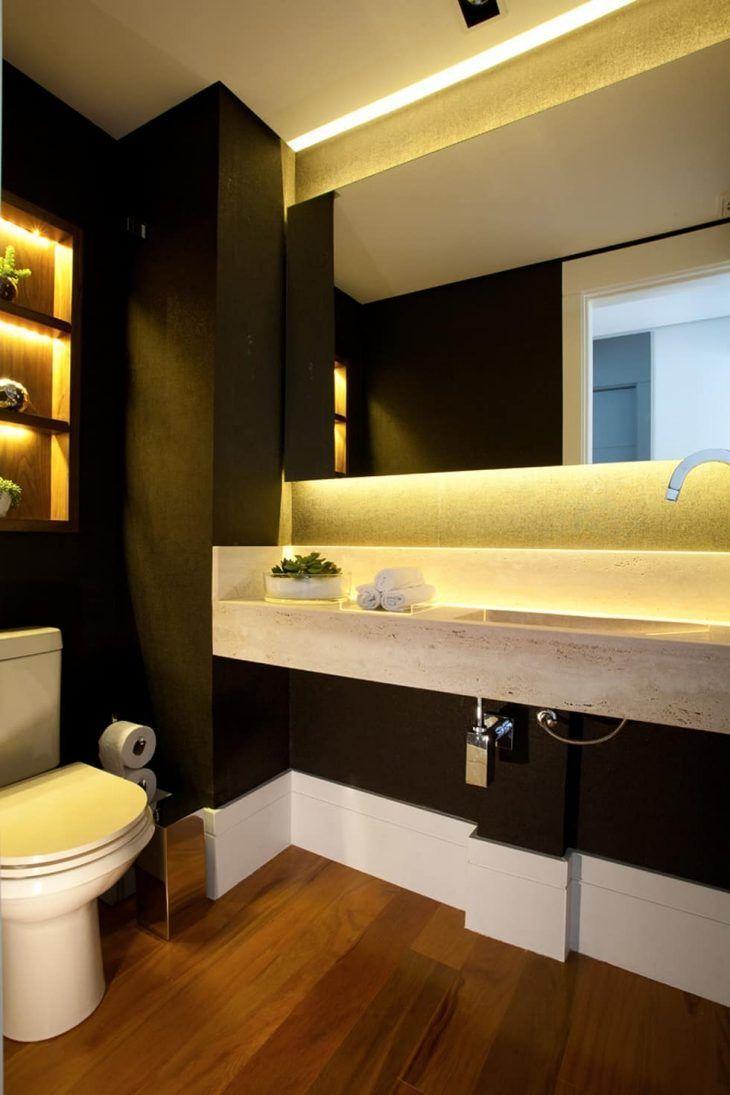
49. luxurious bathroom, filled with this noble stone

50 Here the white marble mosaic becomes even more beautiful with the focused lighting
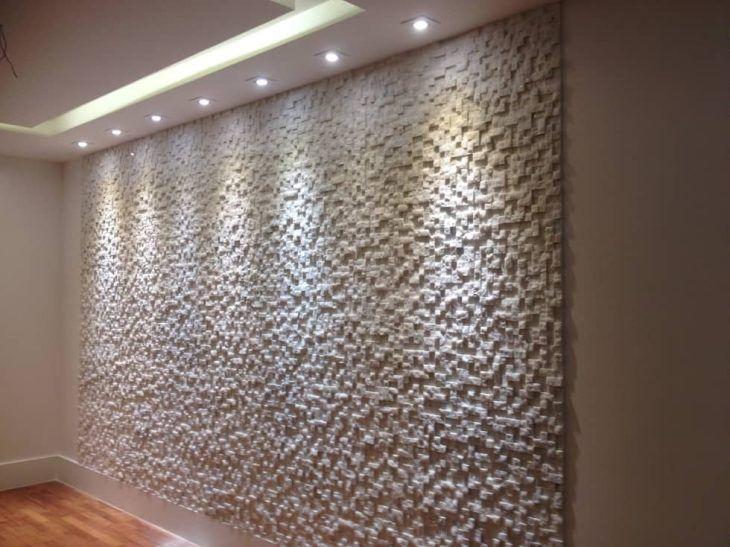
51 Innovating the way to use Carrara marble: cladding only one wall in the kitchen
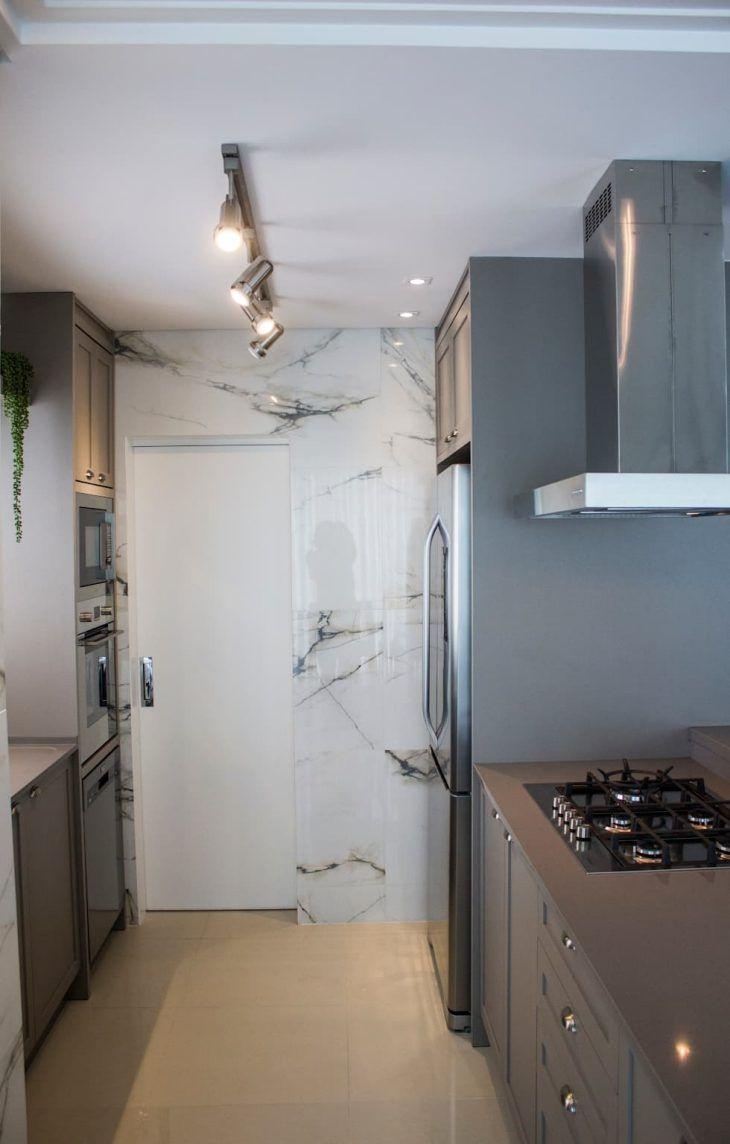
52 - On the countertop, floor and walls: marble dominating the environment
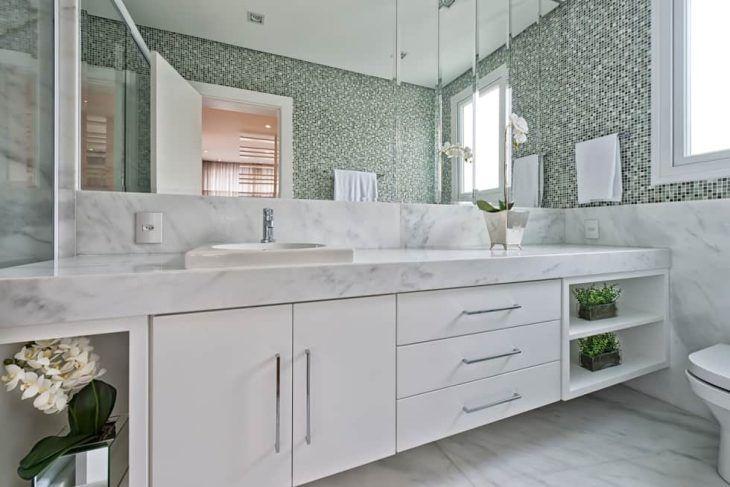
How to clean marble surfaces
According to the architect, due to its high porosity, marble surfaces can stain easily, so the best way to clean them is to use only a damp cloth with water and neutral soap. Because it is a fragile material, it is recommended to avoid abrasive chemicals or acids.
Marble is a material that translates as refinement and nobility, and it is one of the most sought after options by those who want a unique and luxurious environment. It is worth remembering that, because it is a natural stone, it can undergo variations in its designs and colors, something that makes the piece unique and exclusive. And to use this coating in your decoration, see marble countertop ideas.


